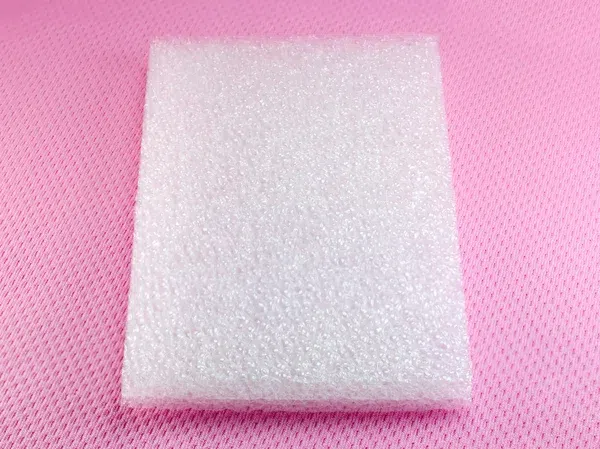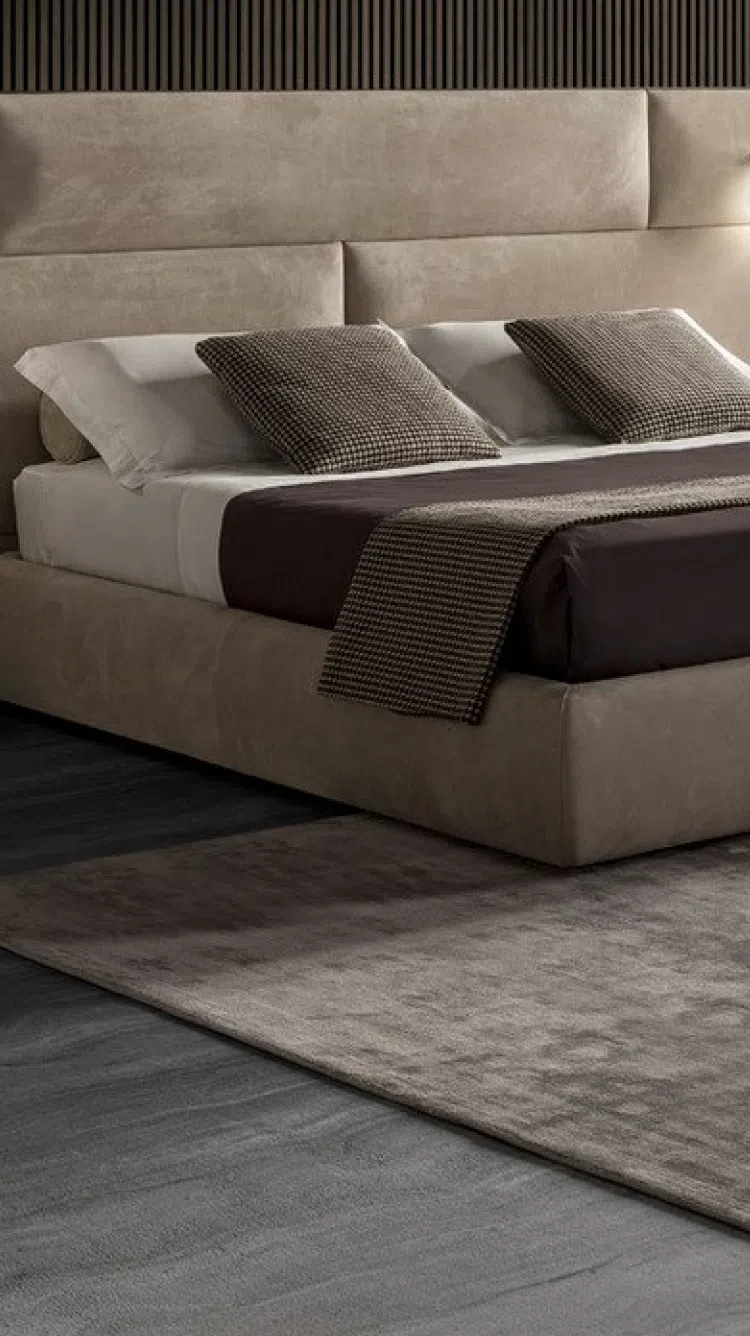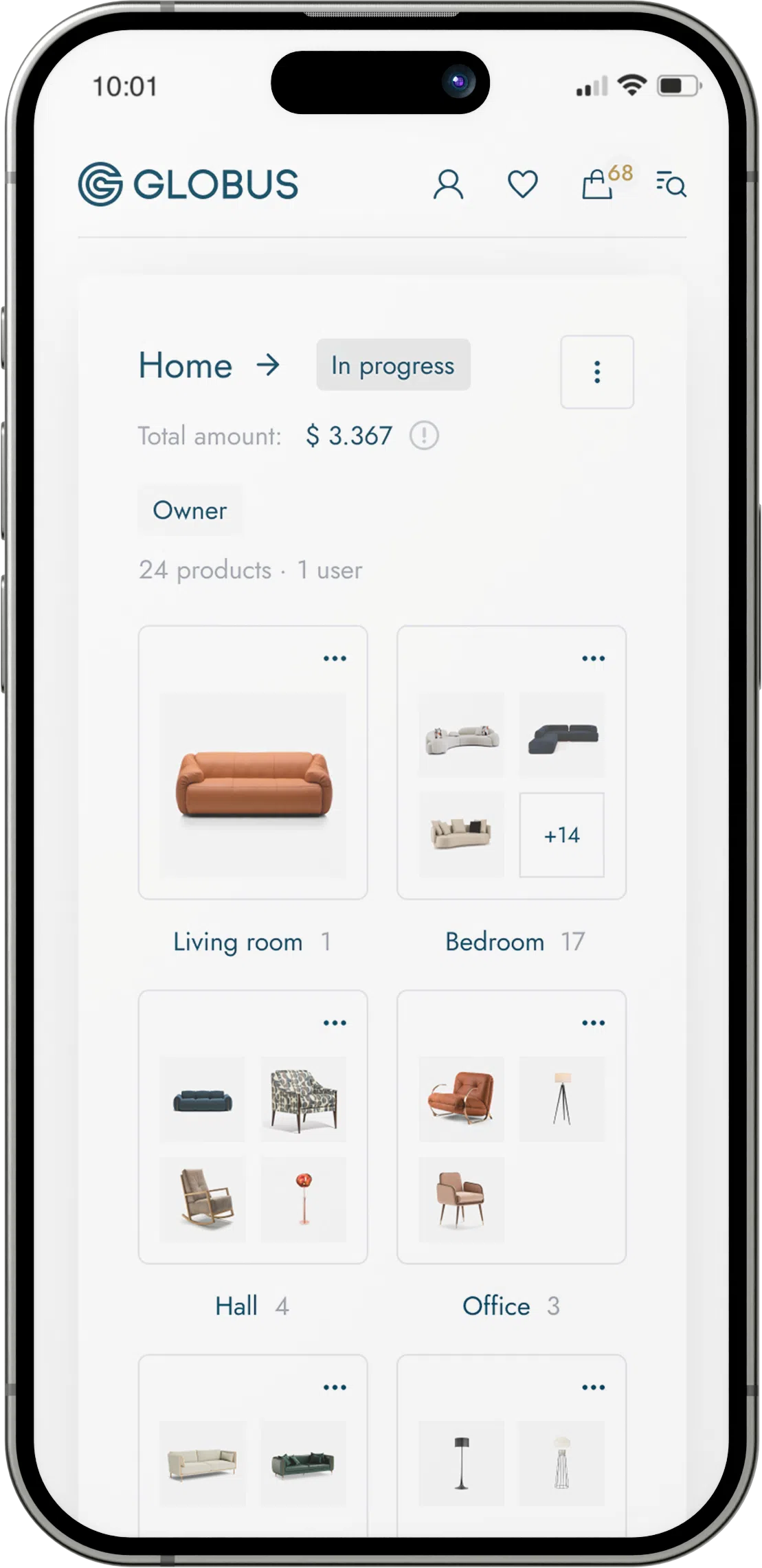
Expanded Polyethylene (EPE) foam is a lightweight, semi-rigid, flexible closed-cell foam most commonly used in packaging, for impact and shock absorption, vibration dampening, and surface protection. It is also used in some applications as a cushioning material in furniture.
Here is a detailed description of EPE as a material:
Composition: EPE is made from low-density polyethylene (LDPE) resins which are expanded into a foam with the application of heat, using blowing agents. The process creates uniform cells that are well-interconnected, providing an effective cushioning effect.
Properties:
- Lightweight: EPE foam is very light, which makes it suitable for reducing overall product weight when used in packaging or furniture manufacturing.
- Impact Absorption: Due to its dense cellular structure, it can absorb and distribute shock energy, which is helpful in protecting delicate items during transit.
- Flexibility: Even though it's semi-rigid, EPE is flexible enough to wrap around items or to be used in products that may require some degree of bending.
- Insulation: It has good thermal resistance properties, making it useful as an insulator in various applications.
- Water Resistant: EPE is non-hygroscopic, meaning it doesn't absorb water, which prevents mold and mildew. This makes it suitable for use in damp environments.
- Chemical Resistance: The material is resistant to most chemicals including oils, acids, and alkalis.
- Non-abrasive: EPE foam has a smooth surface, protecting surfaces against scratches.
- Recyclable: It can be recycled, making it a more environmentally friendly option compared to non-recyclable packaging materials.
Uses in Furniture:
- Padding Material: EPE can be used in furniture for cushioning purposes, such as in upholstered seating and mattress padding, providing comfort and support.
- Packaging of Furniture: For the protection of furniture edges and surfaces during transport, EPE foam is frequently used due to its protective properties.
- Structural Components: In some modern furniture designs, EPE foam might be used as part of the internal structure for lightweight yet sturdy items.
Forms: EPE can be manufactured in sheets, rolls, or custom shapes depending on its intended use. In furniture, it might be cut to size and shape for particular applications like cushion inserts or protective packaging.
Environmental Impact:
- EPE is considered eco-friendlier than some other plastics because it is recyclable.
- However, it is a synthetic material that does not biodegrade easily, so improper disposal can lead to environmental issues.
Limitations:
- EPE isn't very resistant to high temperatures. Prolonged exposure to sunlight and UV rays can degrade the material.
- It's not as resilient or durable as some other foams like polyurethane or memory foam when used in applications that require high-frequency compression and recovery cycles. EPE serves as a practical option in the world of furniture materials for items requiring a degree of protection, lightweight properties, and cost-effectiveness. However, the characteristics of EPE should always be matched with the requirements of the specific application to ensure it is the appropriate material to use.


